Bu Yong Heon (부용헌)
2.0Km 2025-06-17
149-3, Hyanggyo-gil, Wansan-gu, Jeonju-si, Jeonbuk-do
Buyongheon is located in Jeonju Hanok Village. Precisely speaking, Buyongheon is the very next door to Jeonju Hyanggyo (Confucian Temple and School). Across the alley are Jeonju Hyanggyo Culture Center and Wanpanbon Culture Center. If you walk a few more steps, you will reach Jeonju Hanbyeok Culture Center where you can see various performances and experience the culture and foods of Jeonju. Omokdae can be seen from the garden of Buyongheon. Across the Jeonjucheon Stream is the National Intangible Heritage Center.
The beginning of Buyongheon is deeply related with Jeonju Hyanggyo. In around 1935, the local bureaucrats lived around the Hyanggyo after building 12 houses one after another. Most of them came from rich families. These collective houses were called Buyong Houses, which meant rich houses. The name Buyongheon originated from Buyong Houses. The rooms of Buyongheon are composed of Toenmaru Bang, Daecheong Maru Bang, Large Daecheong Maru Bang and Big Sarangchae. The interior of the rooms looks neat with the beauty of blank space as they excluded unnecessary decorations. Carefully prepared breakfast is served upon request made in advance. Visitors can also experience traditional culture such as traditional etiquette education and Korean paper art.
In fall, the yellow leaves of the ginkgo tree in the garden of Jeonju Hyanggyo lights up the roof of Buyongheon. It is recommendable to walk along the Jeonjucheon Stream and take pictures of the colorful murals and the cafes in the Jaman Mural Village located on the left sie of the Hanok Village. It takes 15 minutes from Jeonju Station and 10 minutes from Jeonjuu Express Bus Terminal to Buyongheon by taxi.
Galería de Murales de la Aldea Jaman (자만마을 벽화갤러리)
2.1Km 2025-07-10
Gyo-dong, Wansan-gu, Jeonju-si, Jeonbuk-do
Escuela Confuciana Jeonju Hyanggyo (전주향교)
2.1Km 2025-07-09
Hyanggyo-gil 139, Wansan-gu, Jeonju-si, Jeonbuk-do.
Es una escuela confuciana que fue fundada en la dinastía de Joseon (1392-1910) y fue designada como Tesoro Histórico. Fue un establecimiento educativo del período de Joseon que estuvo originariamente ubicado en el sitio del santuario Gyeonggijeon, pero fue relocalizado en este lugar en 1603. Las tablillas mortuorias de 7 eruditos confucianos chinos y los 18 eruditos coreanos están conservadas en el edificio principal llamado Daeseongjeon.
Supermercado Ahyeon (아현슈퍼)
2.3Km 2024-08-14
Dongseohak-dong 854-7, Wansan-gu, Jeonju-si, Jeonbuk-do
‘아현슈퍼’는 2022년도 방영된 tnN 드라마 ‘스물다섯 스물하나’의 1990년대를 배경으로 한 촬영을 하기 위해 레트로한 옛날 분위기가 그대로 담긴 슈퍼로 꾸몄다. 드라마 촬영 후 철거되었으나 인기에 힘입어 다시 설치되었다. 이곳은 운영 중인 슈퍼가 아닌 빈 집 세트장 이며 주인공들이 앉아서 도란도란 이야기를 나누던 노란 평상이 포토 스폿이다. 이곳에서 키스에 대한 나희도(김태리)와 백이진(남주혁)의 오해 장면, 백이진(남주혁)이 오토바이로부터 나희도(김태리)를 지켜낸 장면이 촬영됐다.
Instituto Jeil de Jeonju (전주 제일고등학교)
2.4Km 2024-10-22
Namnosong-dong 180-1, Wansan-gu, Jeonju-si, Jeonbuk-do
Túnel Hanbyeok (한벽터널)
2.5Km 2024-04-06
Gyo-dong San 7-3, Wansan-gu, Jeonju-si, Jeonbuk-do
Pabellón Hanbyeokdang (한벽당)
2.5Km 2024-10-15
Girin-daero 2, Wansan-gu, Jeonju-si, Jeonbuk-do.
Ubicado en la ciudad de Jeonju de la provincia de Jeollabuk-do, el pabellón Hanbyeokdang ha sido designado Propiedad Cultural Tangible Nº 15. En 1404, un funcionario civil de la dinastía Joseon fundó esta estructura para su quinta. Hanbyeokdang se estableció al pie del monte Seungamsan con hermosos paisajes del río Jeonjucheon. En el pasado, muchos escritores buscaban este lugar para inspirarse sobre sus obras. El pabellón es famoso por la belleza del paisaje de nieblas en las montañas, haciéndolo uno de los ocho paisajes más famosos de Jeonju.
Jeonju Moraenae Market (전주 모래내시장)
2.5Km 2025-07-17
8-8, Moraenae 4-gil, Deokjin-gu, Jeonju-si, Jeonbuk-do
Ichiryu Yangsim (이치류양심)
2.6Km 2024-10-16
22, Hongsanbuk-ro, Wansan-gu, Jeonju-si, Jeonbuk-do
+82-63-228-8880
A place where you can enjoy various lamb dishes. The best menu at this restaurant is lamb chop. This Chinese (cuisine) restaurant is located in Jeonju-si, Jeonbuk-do.
Sendero Baramssoeneun-gil (바람쐬는길)
2.6Km 2024-04-06
Baramssoeneun-gil 21, Wansan-gu, Jeonju-si, Jeonbuk-do
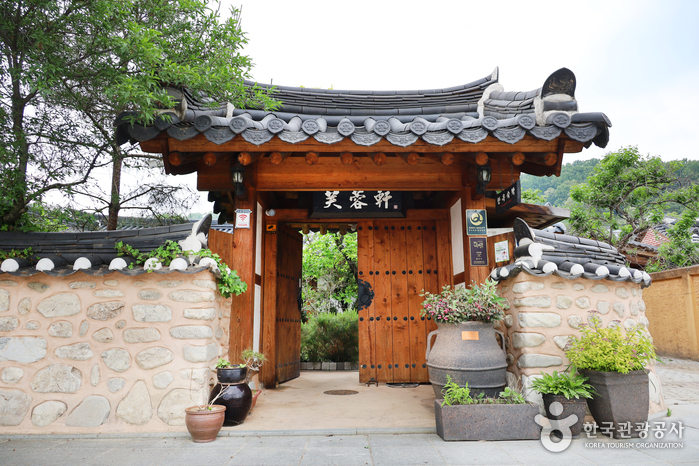
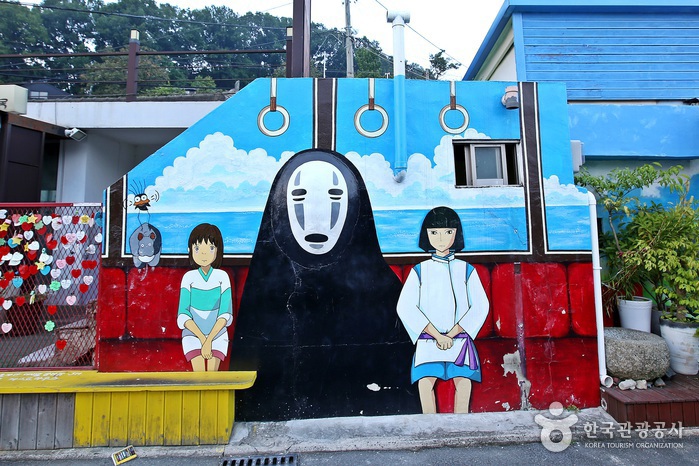
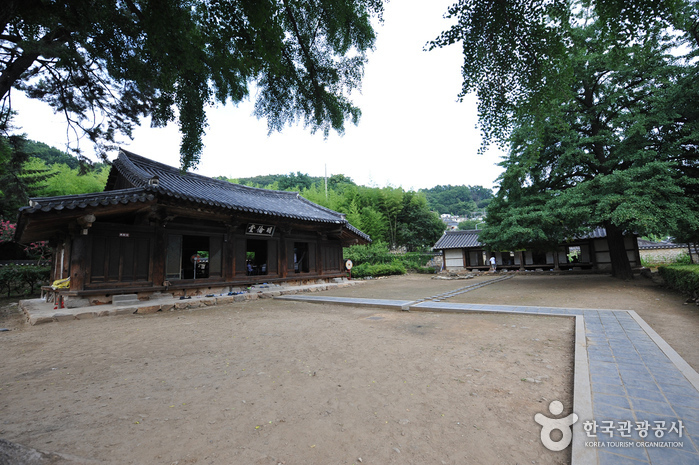
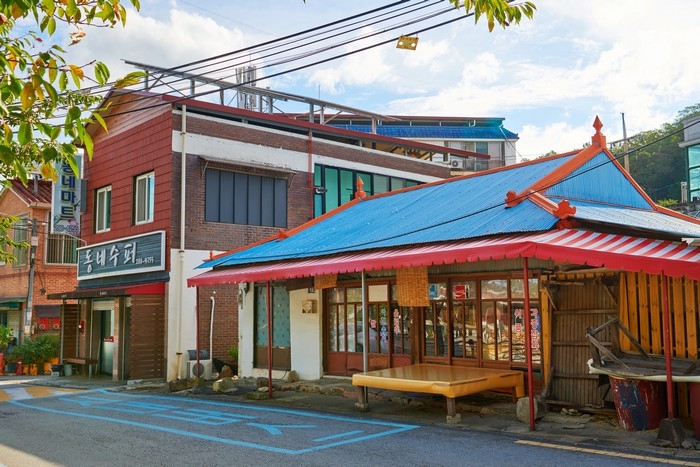


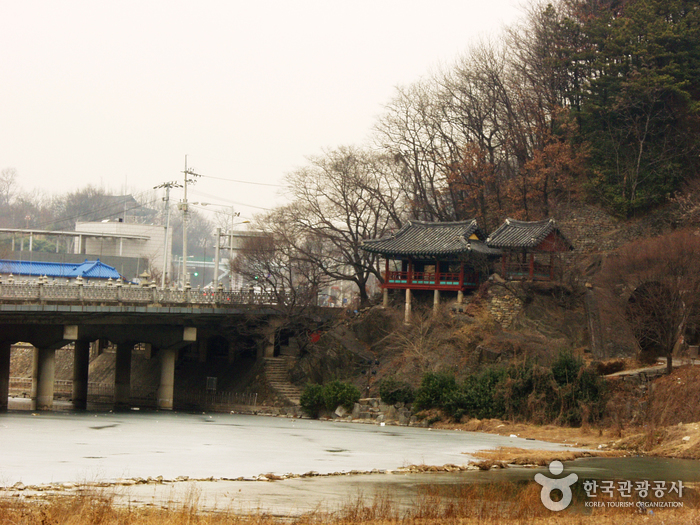
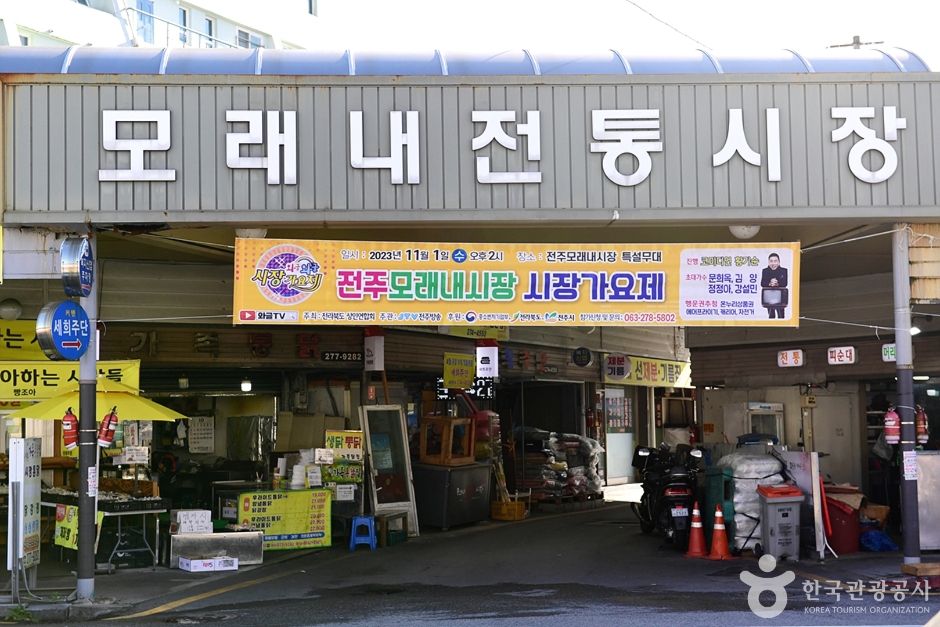
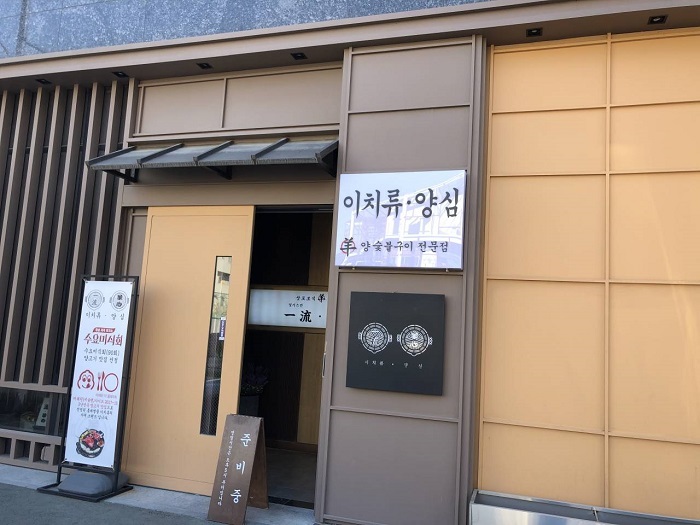
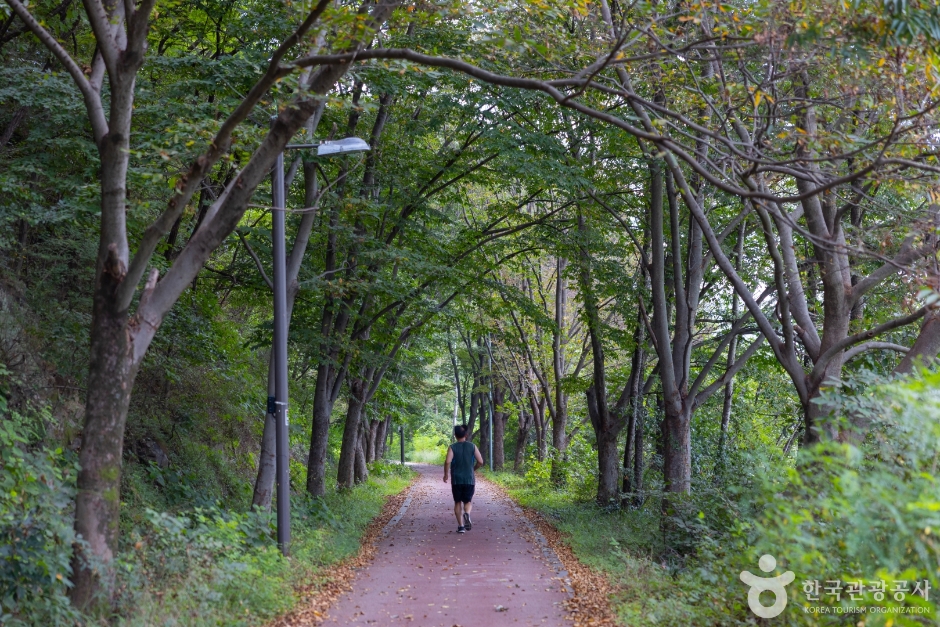
 Español
Español
 한국어
한국어 English
English 日本語
日本語 中文(简体)
中文(简体) Deutsch
Deutsch Français
Français Русский
Русский